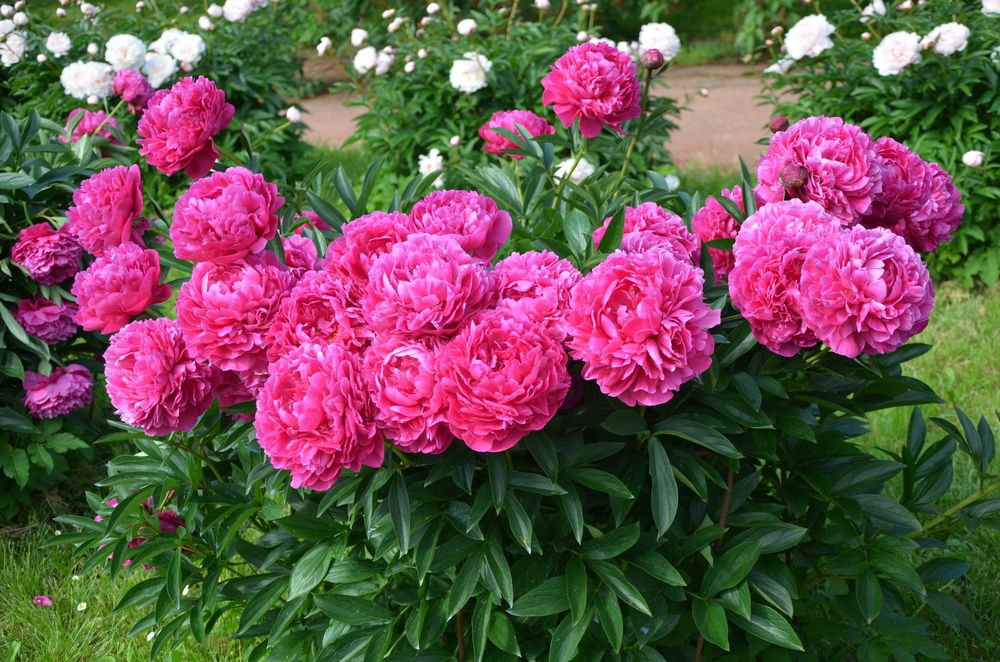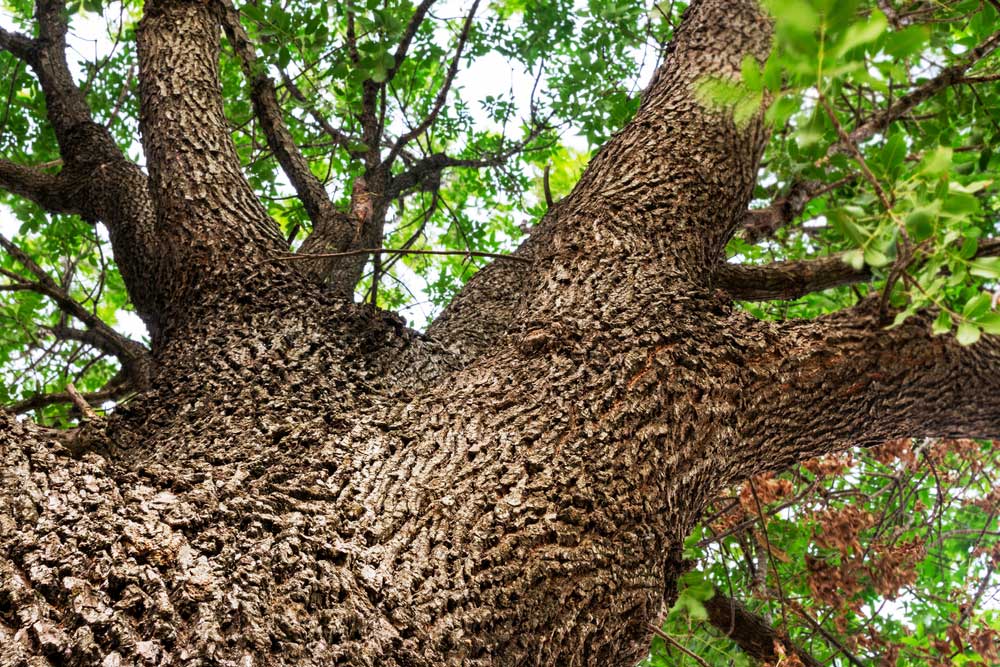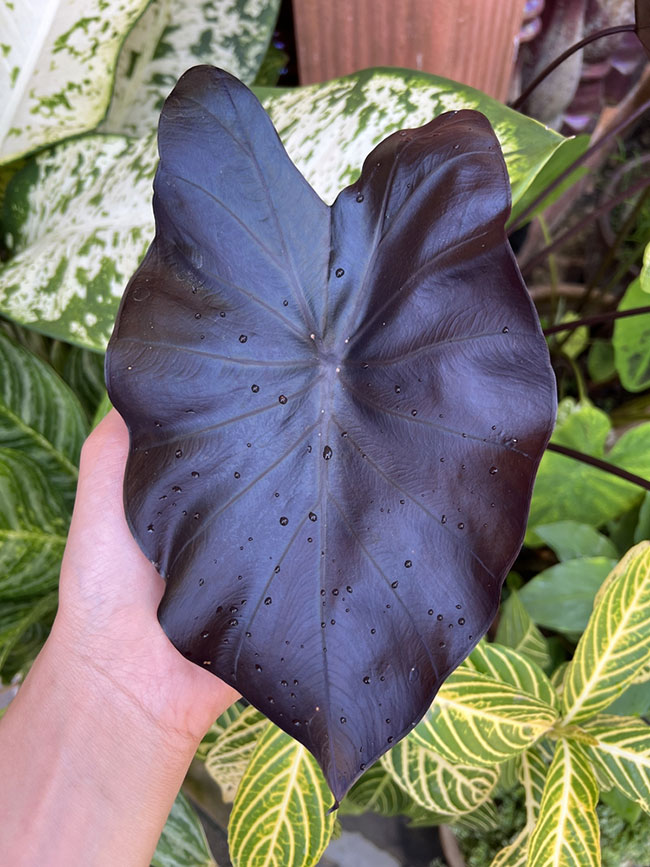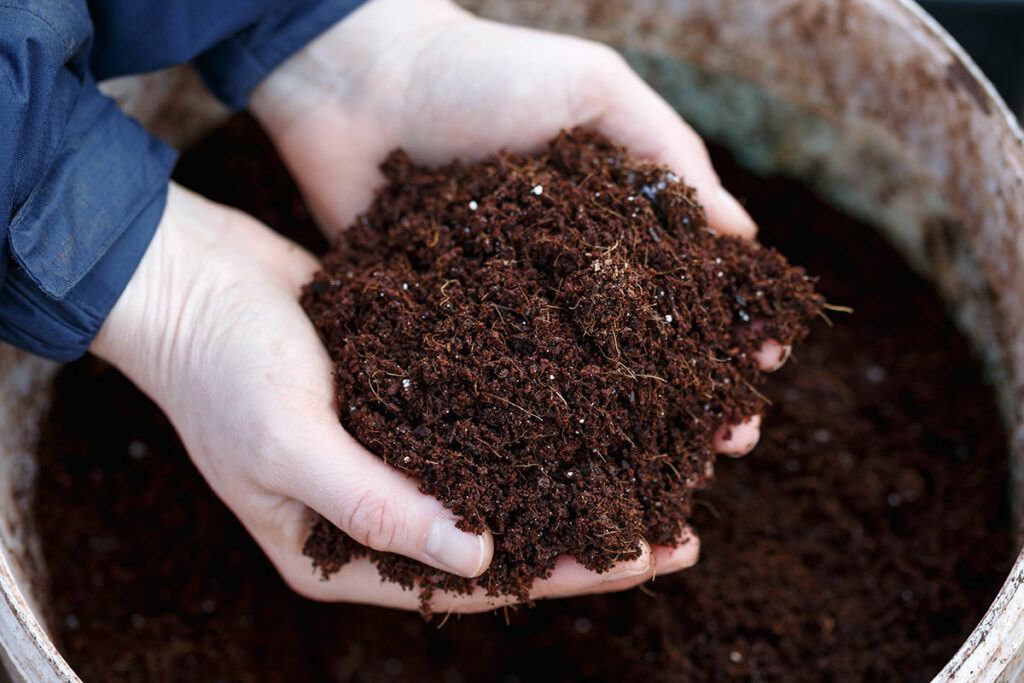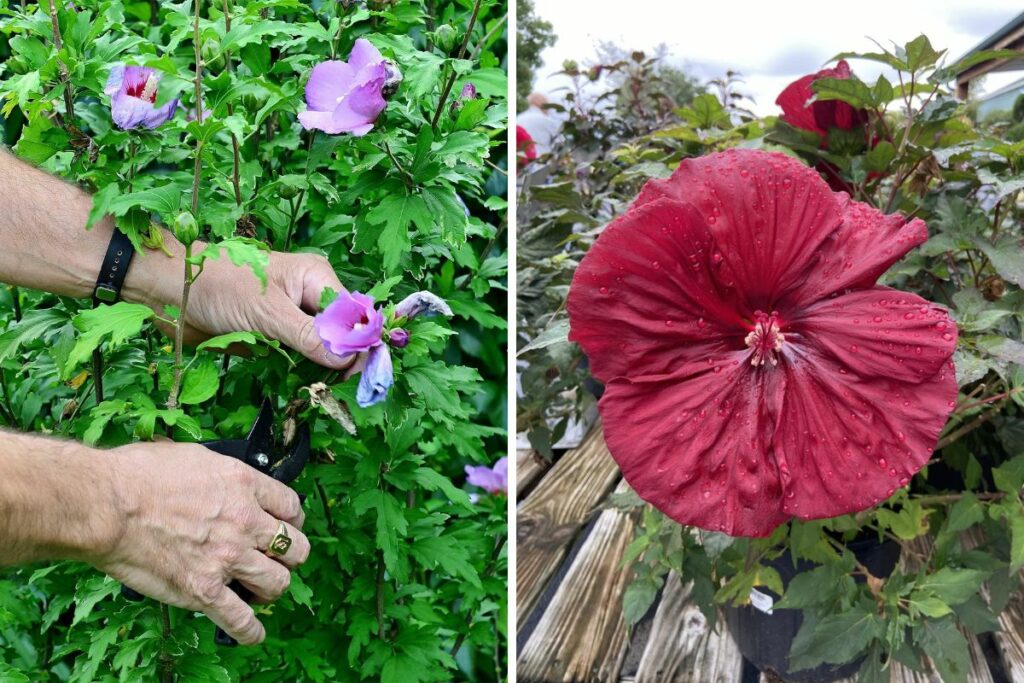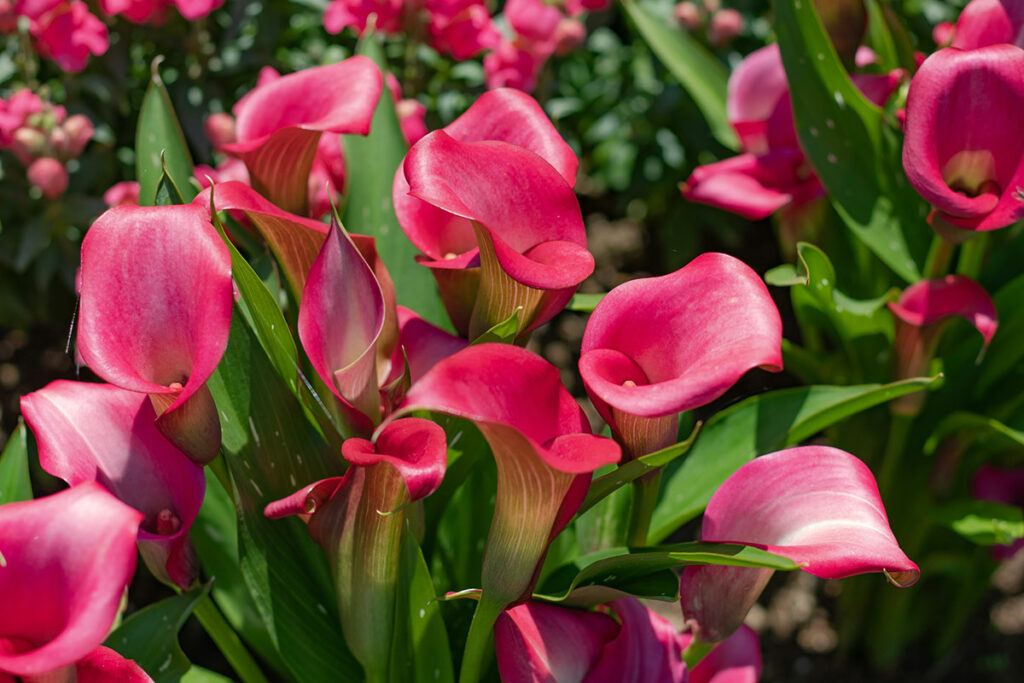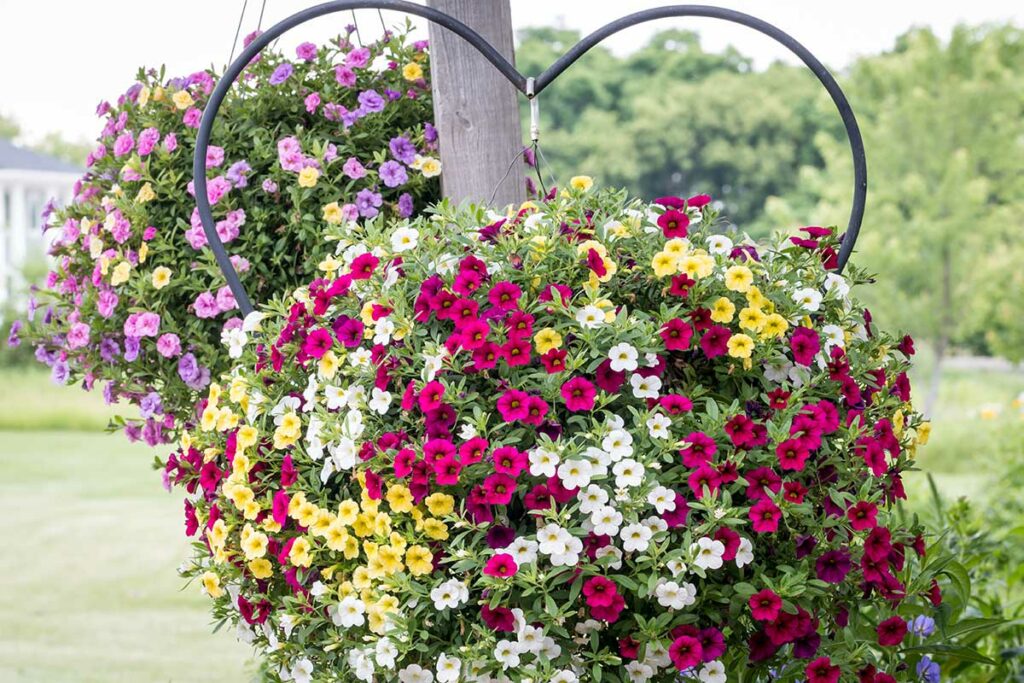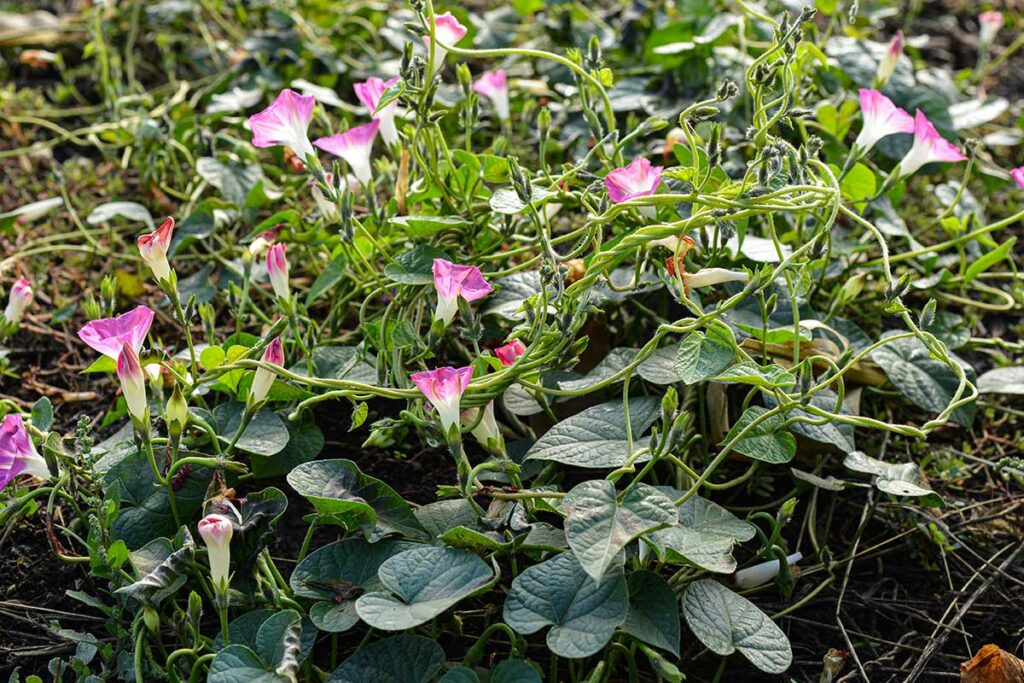
Gardening can be a rewarding and enjoyable hobby, but sometimes pesky plants like bindweed make their way into your garden and try to take over.
Bindweed is a tenacious and invasive weed that winds its way around your plants, stealing their nutrients, sunlight, and water, and can be quite challenging to eradicate. If you’re tired of dealing with this unwelcome guest in your garden, you’ve come to the right place.
In this article, we’ll discuss a few effective methods to help you put an end to the bindweed invasion in your garden. With a little persistence and dedication, you can reclaim your garden and once again enjoy the fruits (or vegetables!) of your labor.
Finding the right approach for your unique situation will not only protect your precious plants but also ensure that your garden remains bindweed-free in the future.
So, let’s dive into some tried-and-true techniques to help you stop bindweed from taking over your garden.
Identifying Bindweed
Before you can tackle the problem of bindweed in your garden, it’s important to correctly identify this invasive plant species.
Bindweed is a perennial vine with a winding growth habit, and it can be easily recognized by its arrowhead-shaped leaves and trumpet-shaped flowers.
The flowers can vary in color from white to pink, often appearing from late spring to early summer.
To identify bindweed, look for winding vines that climb up and around your other plants, fences, or garden structures. Its stem is smooth, slender, and green, with the ability to grow up to 6 feet tall. The leaves, which are arranged alternatively on the stem, generally have a length of 1 to 2 inches.
The leaf shape resembles the arrowhead, with a pointed tip and two rounded lobes protruding from the base.
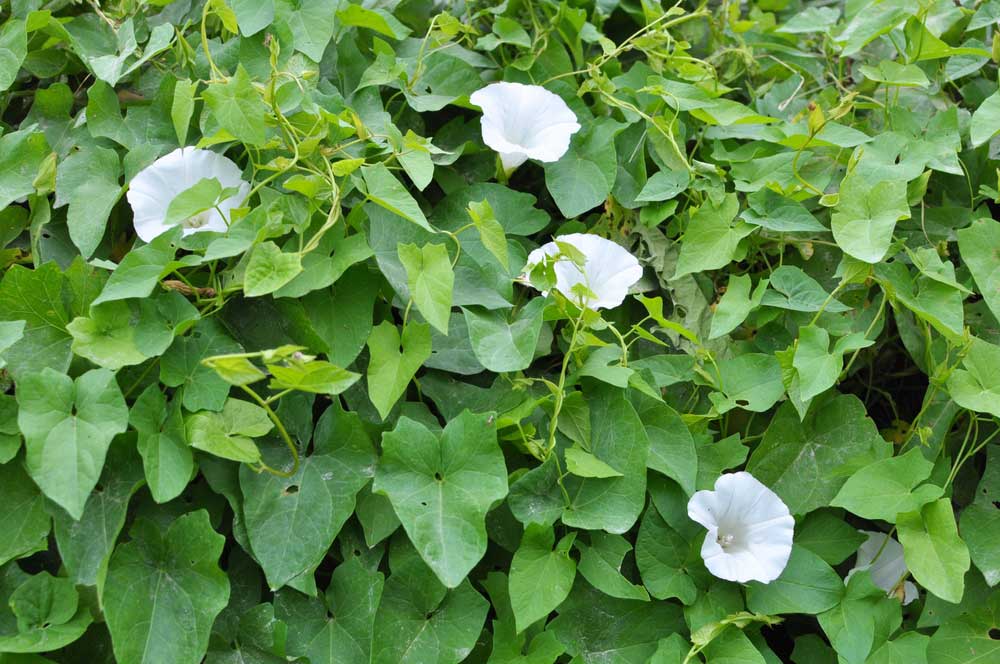
One thing to note is that bindweed can sometimes be confused with other climbing plants like morning glory. To differentiate between these two plants, pay close attention to the leaf shape and the flower color.
Bindweed flowers are usually white or pale pink, while morning glory flowers come in various shades of blue, red, and purple. Moreover, bindweed’s arrowhead-shaped leaves differ from the heart-shaped leaves of the morning glory.
Now that you know how to identify bindweed, you can take the necessary steps to manage its growth and prevent it from taking over your garden.
Keep in mind that bindweed can be quite persistent, so patience and persistence are key in controlling this invasive plant.
Manual Bindweed Removal
Digging and Hand Pulling
To manually remove bindweed from your garden, you’ll need some patience and persistence. Start by loosening the soil around the plant with a garden fork. Gently pull the bindweed, taking care not to break the roots. If you find any broken roots, dig them out as well. Keep in mind:
- Regular pulling: Once a week, walk through your garden and remove any new bindweed growth.
- Persistence: It might take a season or two to totally eradicate bindweed, but stick with it.
Smothering Techniques
If digging and hand pulling don’t work for you, consider smothering the bindweed. This method cuts off sunlight, which helps to weaken the plant. Here are two approaches:
- Mulching: Apply a thick layer of organic mulch, at least 3-4 inches deep, around your plants. This blocks light and makes it difficult for bindweed to grow.
- Cardboard: Spread a layer of cardboard or newspaper over the bindweed-infested area, and then cover it with soil or mulch. The cardboard will suffocate the bindweed and gradually decompose.
Remember these tips while smothering bindweed:
- Monitor: Check the area regularly for any new bindweed growth and smother it immediately.
- Patience: It could take a few months for bindweed to die off completely, so be patient and stay persistent.
Using Natural Predators
Introducing natural predators to your garden is an effective and eco-friendly way to stop bindweed from taking over. By using these predators, you can maintain your garden’s balance and make it more resistant to the invasive bindweed.
Ladybugs are one natural predator that can help with bindweed control. They prey on aphids, which are known to infest bindweed plants. To attract ladybugs to your garden, plant flowers like marigolds, calendula, and cosmos, which are rich in nectar and pollen. Additionally, you can purchase ladybugs from garden centers or online.
Predatory mites are another beneficial creature that can help you keep bindweed under control. Predatory mites feed on spider mites, which can harm bindweed and other plants in your garden. To encourage predatory mites to visit your garden, introduce plants that provide them with an appropriate habitat, such as yarrow, dill, and cilantro.
Birds can also be helpful in controlling bindweed. They may consume bindweed seeds, preventing the plant from spreading further, and they may also eat insects that could otherwise damage your garden. To attract birds to your garden, provide nesting boxes, bird feeders, and a water source like a birdbath.
By welcoming natural predators into your garden, you’re adopting an environmentally-friendly approach to controlling bindweed before it takes over. This not only benefits your garden but also promotes biodiversity.
Practicing Prevention
Maintaining a Healthy Garden
To prevent bindweed from taking over your garden, it’s essential to maintain a healthy garden environment. Start by regularly watering your plants and providing them with the correct nutrients. A well-nourished garden will have a stronger defense system against invasive plants like bindweed.
Rotate your crops every year to minimize the risk of bindweed infestation. This practice helps disrupt the growth cycle of any potential bindweed and prevents it from establishing a stronghold in your garden.
Using Barriers
Another way to stop bindweed is by using physical barriers. You can install a root barrier around the perimeter of your garden or near your plants to keep bindweed from spreading. These barriers should be made of durable materials, such as heavy-duty plastic, and should go at least 1 to 2 feet deep into the ground.
Additionally, you can use garden nets to cover your plants and prevent bindweed from climbing onto them.
Mulch
Applying a thick layer of organic mulch to your garden beds can also help keep bindweed at bay. Mulch prevents sunlight from reaching the soil, making it difficult for bindweed seeds to germinate. Opt for a layer at least 3 inches thick to ensure maximum effectiveness. Ensure you use an organic mulch like straw, wood chips, or shredded bark, as these options will degrade over time, enriching your soil and improving its overall health.
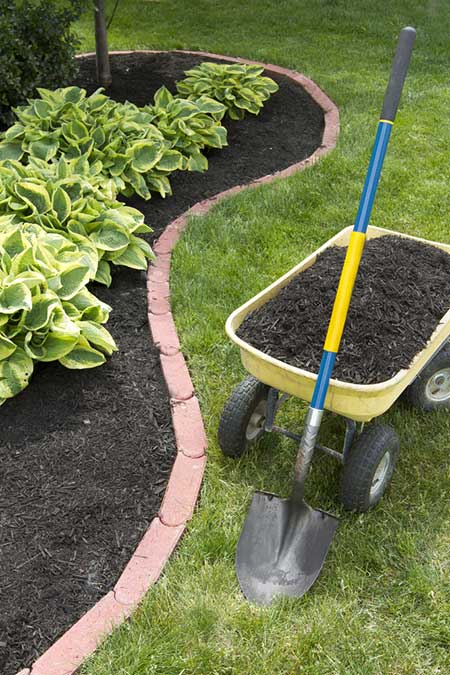
Consider Chemical Options
Using Organic Herbicides
If you prefer using eco-friendly methods, there are organic herbicides available to help control bindweed. These organic options typically contain ingredients like acetic acid or citric acid that work by drying out the plant. To use these products effectively, apply them directly to the bindweed on a sunny day. This will help to accelerate the drying process and kill the plant more quickly. Keep in mind, these organic options might require multiple applications, as they tend to be less powerful than synthetic herbicides.
Using Synthetic Herbicides
Alternatively, you can opt for synthetic herbicides that are designed to combat bindweed. Some popular choices include glyphosate and triclopyr. To use these chemicals successfully, be sure to:
- Read and follow the instructions: Each product comes with a specific set of guidelines on how to mix and apply the solution. Following these instructions is crucial to ensure the safety of both yourself and your garden.
- Apply at the right time: It’s best to apply synthetic herbicides when the bindweed is actively growing, usually during late spring or early summer.
- Be selective: Apply the herbicide directly to the bindweed, being careful not to spray it on surrounding plants. Some herbicides can affect other plants, so use a targeted application method like a paintbrush or sponge to apply the solution to the bindweed leaves and stem.
- Have patience: Bindweed has a tenacious root system, and it might take multiple applications to see significant effects. Monitor the area closely and reapply the herbicide as needed.
Using chemical options can be a practical way to control bindweed in your garden. Whichever method you choose, always be mindful of the potential impact on your plants and follow proper application guidelines to ensure the best results.





